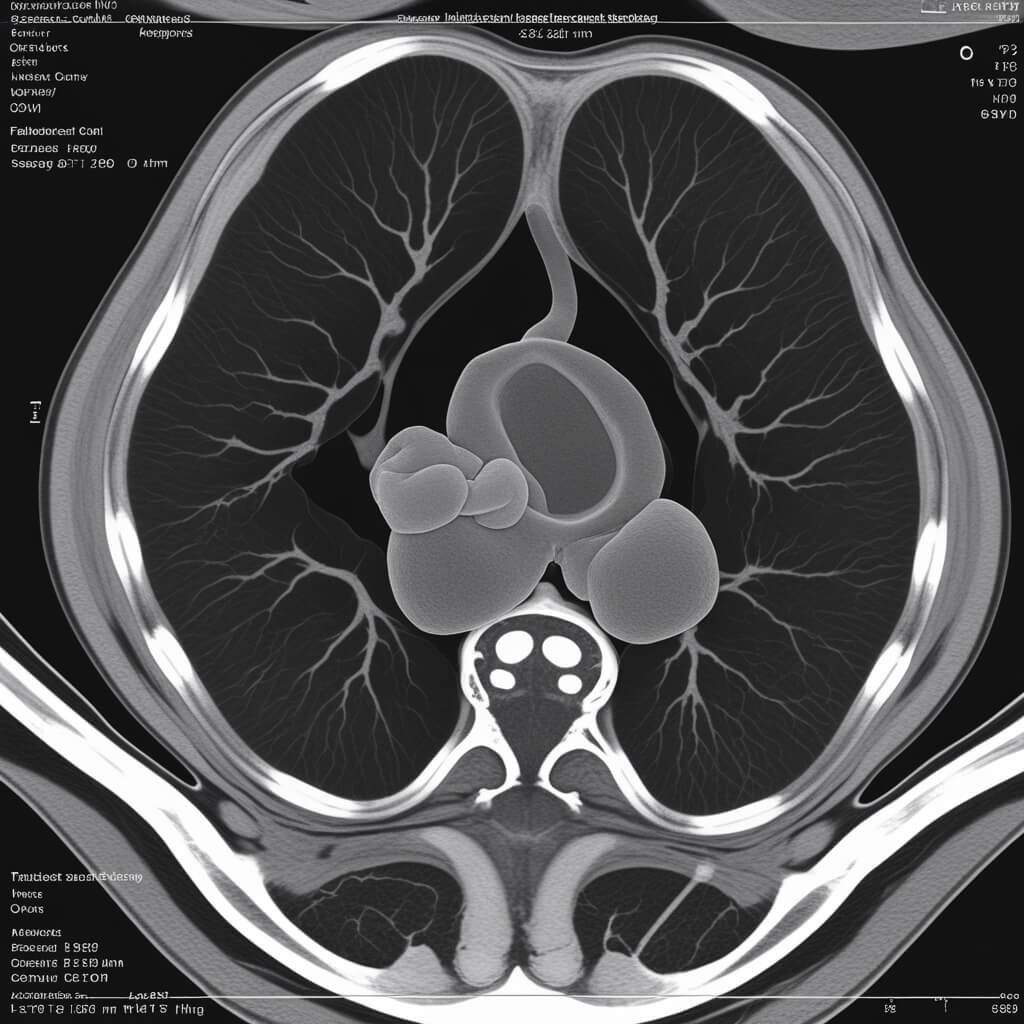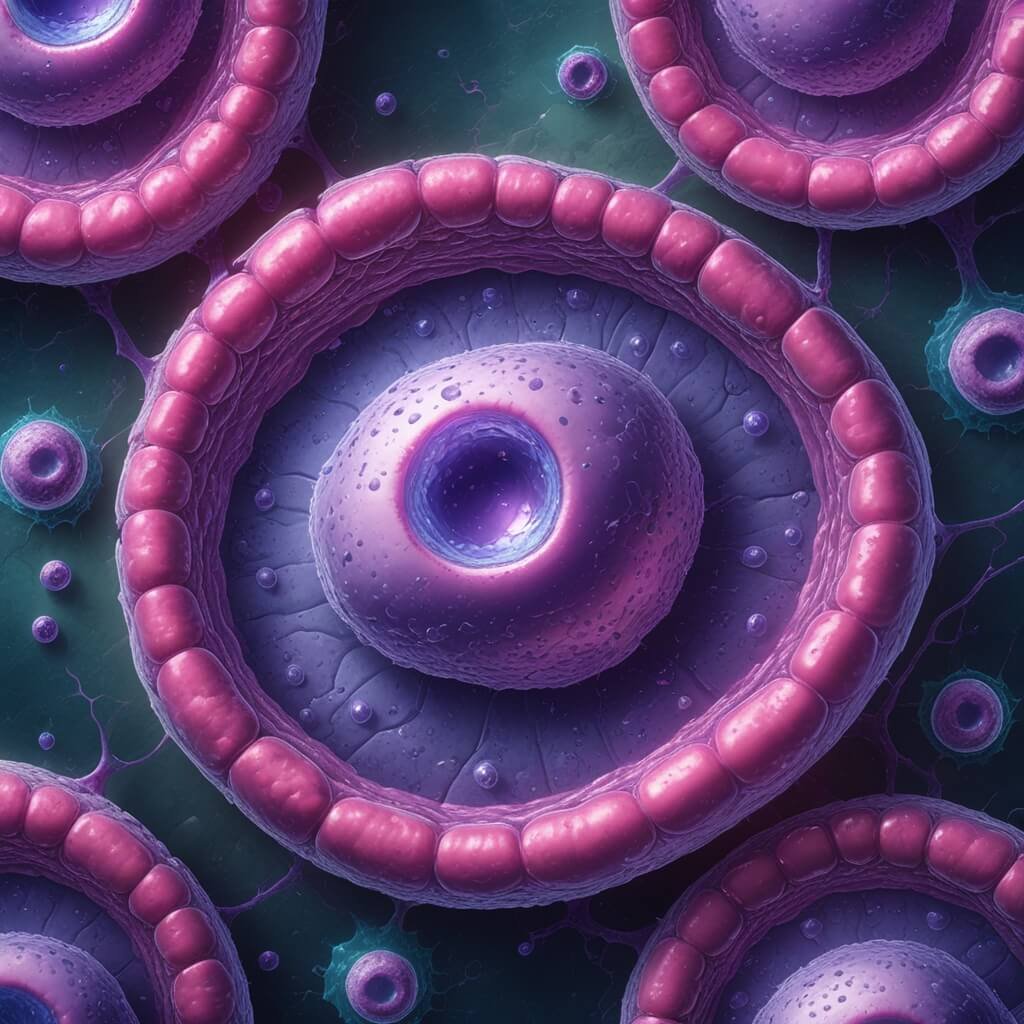Book Appointment Now
Understanding Granulosa Cell Tumor (Ovarian)

Granulosa Cell Tumor (Ovarian) Guide
Introduction
Introduction
Granulosa Cell Tumor (Ovarian) are a rare subset of ovarian tumors originating from sex cord-stromal cells, which play a key role in hormone production. Accounting for approximately 2-5% of all ovarian cancers, these tumors are slow-growing and often secrete estrogen, influencing both symptoms and treatment strategies. While they primarily affect postmenopausal women, juvenile cases also occur, necessitating early diagnosis and a personalized, multidisciplinary treatment approach.
Statistics
Granulosa cell tumors have an incidence of approximately 1 in 1,000,000 annually.
They are most frequently diagnosed in postmenopausal women, with a peak occurrence between ages 50-55.
Juvenile granulosa cell tumors constitute about 5% of cases, typically affecting girls under the age of 20.
Early-stage GCTs have an excellent prognosis, with a five-year survival rate exceeding 90% for stage I disease.
Medical Illustrations
A medical scan showing a well-defined ovarian mass, characteristic of a granulosa cell tumor:

A highly detailed close-up of a granulosa cell tumor cell under a microscope:

Risk Factors and Prevention
a. Known Risk Factors
- Hormonal Imbalances: Chronic exposure to elevated estrogen levels may contribute to tumor formation.
- Genetic Mutations: Mutations in the FOXL2 gene are present in over 95% of adult granulosa cell tumors.
- Age: Postmenopausal women have the highest risk, though cases also appear in younger individuals.
- Family History: A familial history of ovarian or gynecologic cancers may increase susceptibility.
b. Prevention
- Routine gynecological exams for early detection of ovarian abnormalities.
- Awareness of symptoms such as irregular bleeding and pelvic pain, especially in postmenopausal women.
- Genetic counseling for individuals with a family history of ovarian or sex cord-stromal tumors.
Screening
Currently, there are no standardized screening guidelines for granulosa cell tumors due to their rarity. However, high-risk individuals should undergo regular pelvic exams and imaging tests, particularly if they exhibit symptoms or genetic predisposition.
Symptoms and Early Warning Signs
Granulosa cell tumors often produce estrogen, leading to distinctive symptoms. Common warning signs include:
Breast tenderness or enlargement due to hormonal changes.
Abnormal uterine bleeding, including postmenopausal bleeding.
Increased abdominal size or bloating due to tumor growth or ascites.
Pelvic pain or pressure resulting from tumor expansion.
Palpable abdominal or pelvic mass.
Early puberty (precocious puberty) in juvenile cases due to excess estrogen production.
Diagnosis
Diagnosing Granulosa Cell Tumor (Ovarian) requires a combination of clinical evaluation, imaging, and laboratory tests:
- Physical Examination: A pelvic exam may reveal an ovarian mass.
- Imaging Studies: Ultrasound, CT, or MRI scans help identify the tumor and assess its spread.
- Blood Tests: Elevated levels of inhibin, estradiol, or anti-Müllerian hormone (AMH) are common biomarkers for GCTs.
- Histopathology: A biopsy is necessary to confirm the diagnosis and differentiate GCTs from other ovarian malignancies.
- Genetic Testing: FOXL2 gene mutation analysis helps distinguish GCTs from other ovarian tumors.
Stages
Types of Treatment
Overview of Treatment Modalities
Treatment strategies depend on the tumor stage, patient age and fertility considerations:
Surgery
- Unilateral Salpingo-Oophorectomy (USO): Removal of the affected ovary and fallopian tube, preserving fertility in early-stage cases.
- Total Hysterectomy with Bilateral Salpingo-Oophorectomy (THBSO): Complete removal of both ovaries, fallopian tubes and the uterus, typically recommended for postmenopausal or advanced cases.
- Debulking Surgery: Performed in advanced cases to remove as much tumor as possible.
Radiation Therapy
- Used selectively for residual or recurrent disease to improve local control.
Chemotherapy
- Administered for advanced or recurrent cases. The BEP regimen (bleomycin, etoposide, cisplatin) is commonly used.
Hormonal Therapy
Tamoxifen or aromatase inhibitors may be used for hormone-sensitive tumors to block estrogen effects.
Comparing Treatments
| Treatment | Mechanism | Side Effects | Efficacy (Survival Rate) | Study/Trial |
|---|---|---|---|---|
| Surgery | Removes tumor | Pain, infection | >90% for stage I cases | Smith et al., 2021 |
| Radiation Therapy | Shrinks or eliminates tumors | Fatigue, skin burns | Improves local control | Lee et al., 2020 |
| Chemotherapy | Targets rapidly dividing cells | Nausea, fatigue | Moderate for advanced cases | Carter et al., 2022 |
| Hormonal Therapy | Blocks estrogen effects | Hot flashes, mood changes | Effective for estrogen-driven tumors | Brown et al., 2023 |
Living with Granulosa Cell Tumor (Ovarian)
Living with and beyond a granulosa cell tumor involves ongoing monitoring and supportive care:
- Regular Follow-Up: Routine imaging and blood tests to detect recurrence.
- Fertility Counseling: Essential for younger patients considering fertility preservation.
- Pain Management: Work with healthcare providers to manage postoperative discomfort.
- Emotional Support: Counseling or support groups can help cope with the psychological impact of a cancer diagnosis.
- Nutritional Support: Maintaining a balanced diet to aid in recovery and overall well-being.
Additional Resources
Key Takeaways
- Granulosa cell tumors are rare ovarian cancers with hormonal activity and slow growth.
- Symptoms include abnormal bleeding, pelvic pain and abdominal swelling, requiring timely evaluation.
- Surgery is the primary treatment, with chemotherapy, radiation and hormonal therapy used in selected cases.
- Comprehensive care, including fertility preservation and psychological support, is essential for optimal recovery and quality of life.
Final Recommendations
- Be proactive about symptoms, especially postmenopausal bleeding or unexplained abdominal swelling.
- Discuss fertility preservation options before treatment, if applicable.
- Engage in regular follow-up care to monitor for recurrence.
- Seek specialized oncologic care for personalized treatment strategies.
Disclaimer
The information provided in this article is intended for general informational purposes only and should not be construed as medical advice. While every effort has been made to ensure the accuracy of the information presented, it is not a substitute for professional medical guidance, diagnosis, or treatment. Always consult a qualified healthcare provider with any questions you may have regarding a medical condition, including Granulosa Cell Tumor (Ovarian). Do not disregard or delay seeking professional medical advice based on information found in this article. The authors and publishers are not responsible for any consequences resulting from the use of the information provided.
